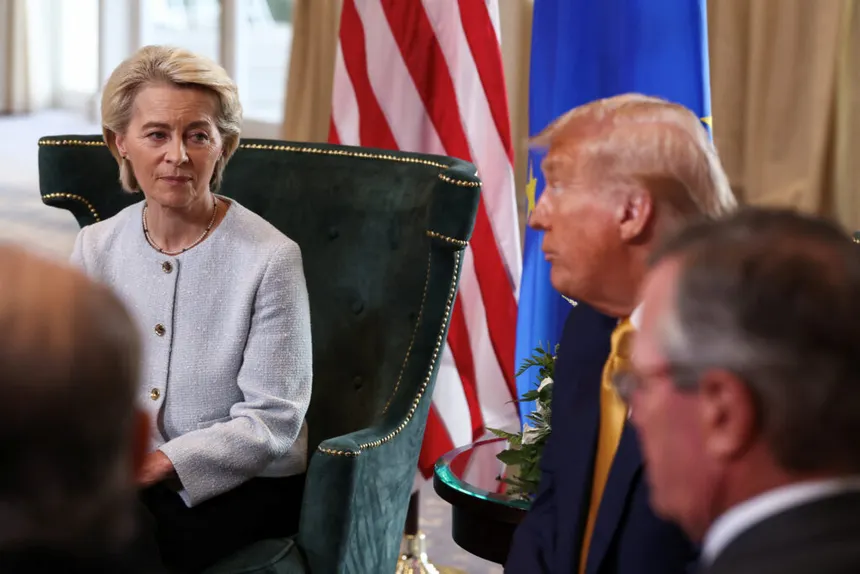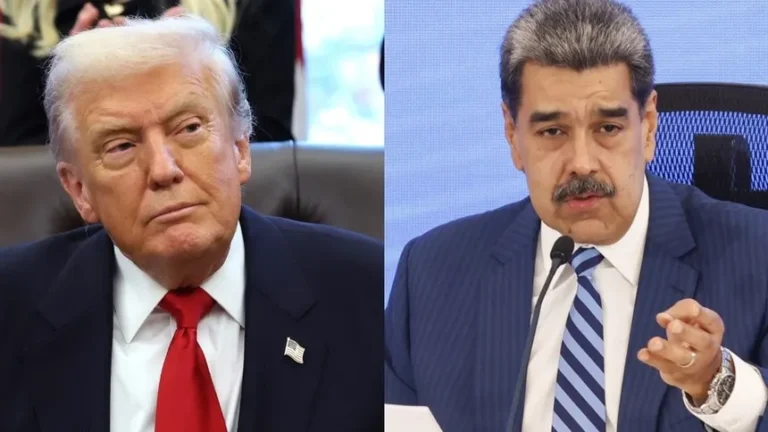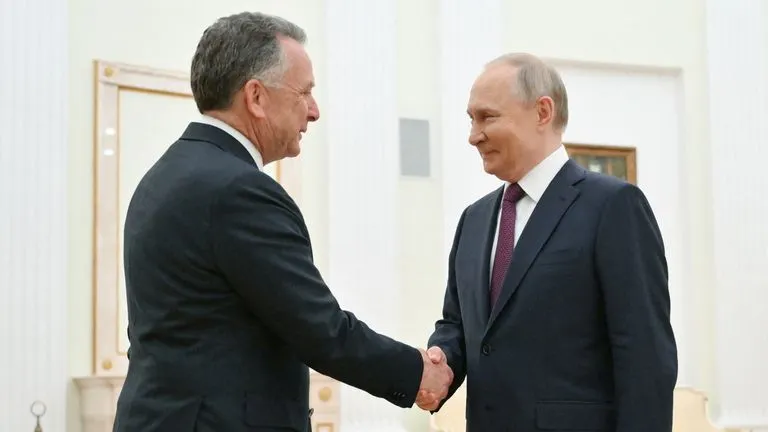
EU and US Reach New Trade Deal: Key Details and Implications
The United States and European Union have agreed to a sweeping trade deal that imposes a 15% tariff on most European goods entering the US, while securing major European investments in American energy and defense sectors. The agreement aims to prevent an escalating trade conflict and redefine terms between two of the world’s largest economies.
Overview of the Agreement
Announced by President Donald Trump and European Commission President Ursula von der Leyen, the deal includes:
- A 15% US import tariff on most goods from Europe
- $750 billion in EU purchases of US energy products including oil, gas, nuclear fuel, and semiconductors over three years
- A $600 billion EU investment commitment into the US economy, covering military equipment and other sectors
- Partial exemptions on tariffs for sectors such as aircraft, semiconductor equipment, and certain chemicals
The agreement follows months of negotiations and replaces a previously proposed 30% tariff that had raised concerns across European industries.
Key Sectors Affected
While some sectors received relief, others remain uncertain:
- Exempted Products: Aircraft components, specific chemicals, some pharmaceuticals, and agricultural goods are excluded from the 15% tariff.
- Steel and Aluminum: A 50% tariff remains in place on steel and aluminum, with ongoing discussions about potential quota-based alternatives.
- Pharmaceuticals: Initial confusion surrounded whether pharmaceuticals were included, but US officials later confirmed they are subject to the tariff.
- Wine and Spirits: No final resolution was provided for European alcohol exports.
Political Reactions and Strategic Impact
European responses have varied:
- Germany: Chancellor Friedrich Merz supported the agreement for avoiding deeper trade friction, especially in the auto sector. However, industry groups in Germany expressed concern over the long-term impact of 15% tariffs, with Volkswagen reporting a €1.3 billion profit loss in the first half of 2025.
- Ireland: The deal created a discrepancy across the Irish border, where Northern Ireland, under the UK’s 10% tariff agreement, will have a trading advantage over the Republic of Ireland.
- EU Analysts: Critics noted the imbalance, highlighting that the EU committed to purchases and investments without securing proportional concessions in return.
Future Uncertainty
Although framed as a finalized deal, several components remain open to interpretation and further negotiation:
- The agreement lacks legislative backing, making it susceptible to future changes or withdrawal.
- President Trump retains the authority to raise tariffs again if European commitments are deemed insufficient.
- EU leaders must still formally approve the deal, and internal criticism is expected over the terms accepted.
Economic Outlook
Analysts suggest the deal brings short-term stability but at a cost:
- Holger Schmieding, Chief Economist at Berenberg Bank, described the agreement as “bearable” but inferior to the pre-tariff trade environment.
- Anu Bradford, a trade law expert, said the EU accepted unfavorable terms to avoid worse outcomes and now risks setting a precedent for future US demands.
- The 15% tariff marks a significant increase from historical levels, where the average rate on European goods was around 1.4%.
US consumers may also face price increases as importers adjust to higher costs.
Next Steps
The European Commission will brief member states, and additional negotiations are expected in the coming weeks. While both sides portray




